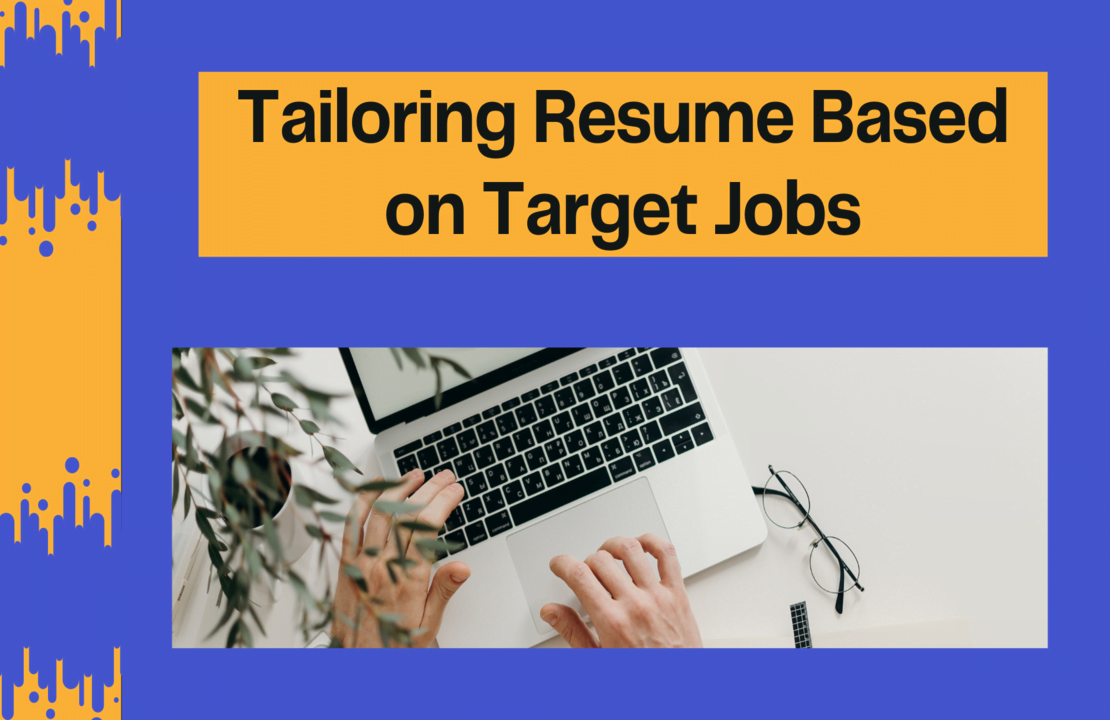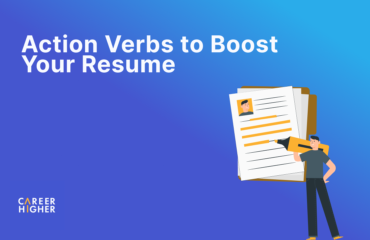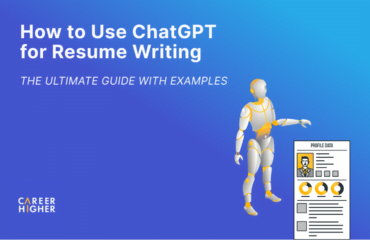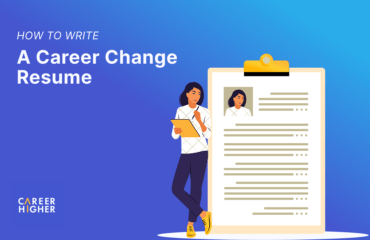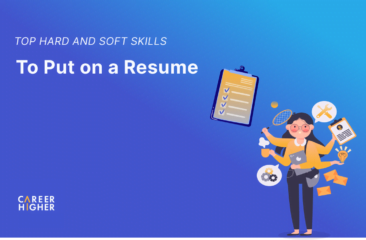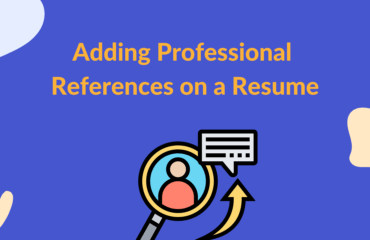It is common for job-seekers to wonder how to tailor their resume before submitting an application to maximize their ATS score and screening success rate. As a rule of thumb, job-seekers can use the same resume as a basis to apply to jobs that are at least 75% similar in terms of scope of work and requirements. For instance, it is likely that a data scientist who is looking to target data analysis jobs with different employers or in different industries can use the same document as a starting point. However, while the same foundation can be used for time efficiency, changes will be required to ensure your application is relevant. Here’s a list of things to keep in mind while customizing your resume based on target jobs:
1) Title
Different employers may use different titles for similar job positions. Thus, it is necessary to make sure that the title of your resume is aligned with the one on the job description. For example, Two different employers may use HR Executive and HR Associate as titles for a similar job role.
2) Professional Profile
The professional profile section on the top of the resume should highlight your experiences, expertise, and skills that best match the most important requirements of the job. This section should be updated for each application to convey the key benefits you can deliver to the employer.
3) Keywords
Keywords are one of the most important aspects of a resume. Strategic use of keywords enhances the chances of clearing the initial stage. Keywords may differ from job to job, thus, it is important to analyze the job description, identify the required keywords and phrases, and include them wherever relevant. This will ensure that the resume is ATS-compliant. Tip: Add a ‘Key Skills’ section in your resume and update for each application.
4) Relevant Experience
At times, customizing a resume may also involve reordering or amending work experience based on the job requirements. This could involve changes in the professional, additional, and voluntary experience sections to ensure relevant concepts are highlighted, complementary ones summarised, and redundant ones excluded. In most cases, your most recent and senior experience is the most relevant, assuming you are targeting jobs in the same domain.
5) Cover letter
While all employers may not specifically ask for a cover letter, it is always a good idea to submit one with your application to highlight your drive for the job. Like the resume, a cover letter should be customized too. Here is how you can do this.
Firstly, start by aligning your title with the title of your target job, similarly to the resume. Then, research different sources such as the website, social media pages, and third-party platforms such as Glassdoor, to identify employer-related information. Make sure you include this employer-specific information in your cover letter, highlighting the reasons you are looking to work with the business. You can include anything that resonates with you, from company culture to values, to products and services.
While it may be tempting to jump straight to submitting applications, tailoring your documentation can make a real difference. The above process outlines the basic changes that can make you stand out without requiring heavy effort.
